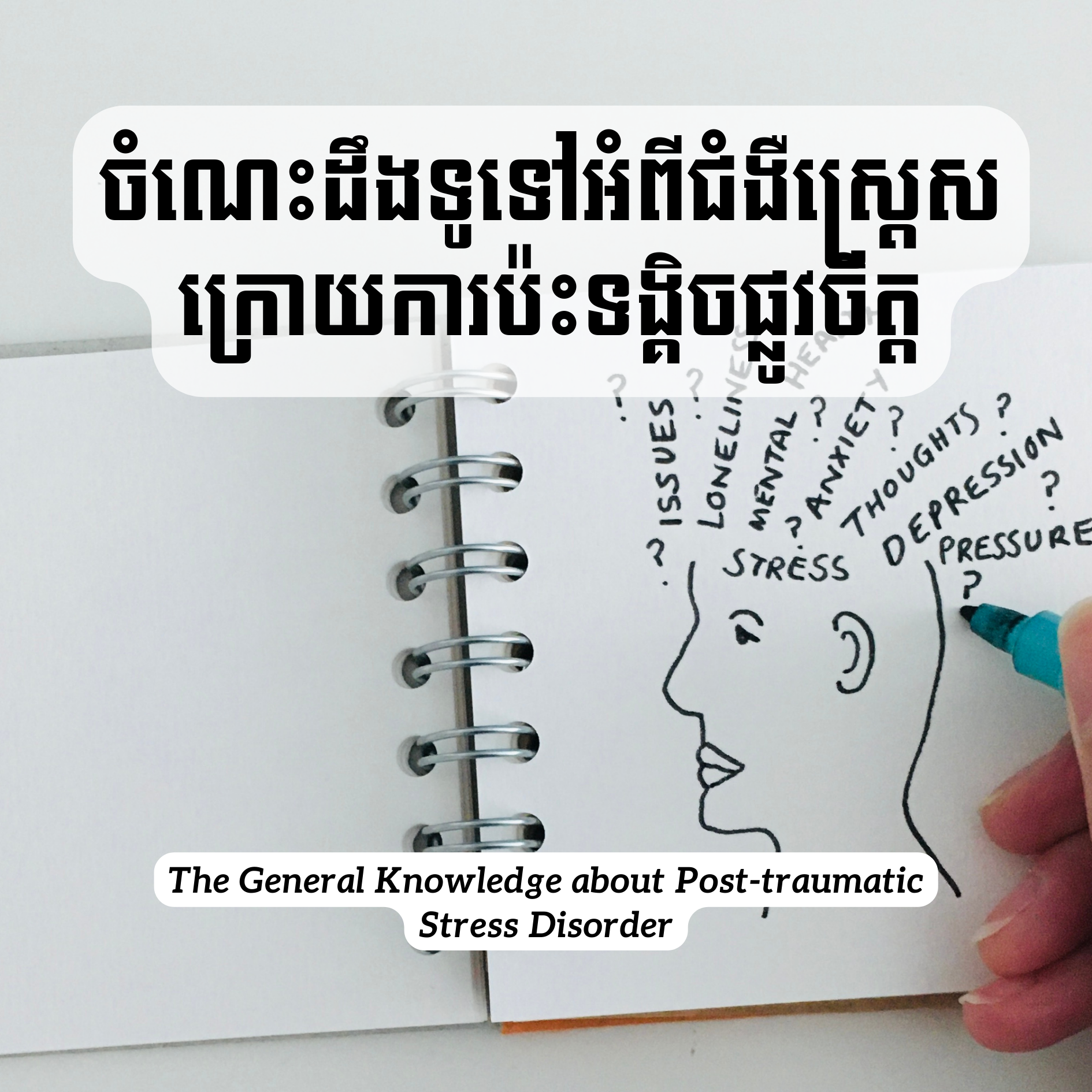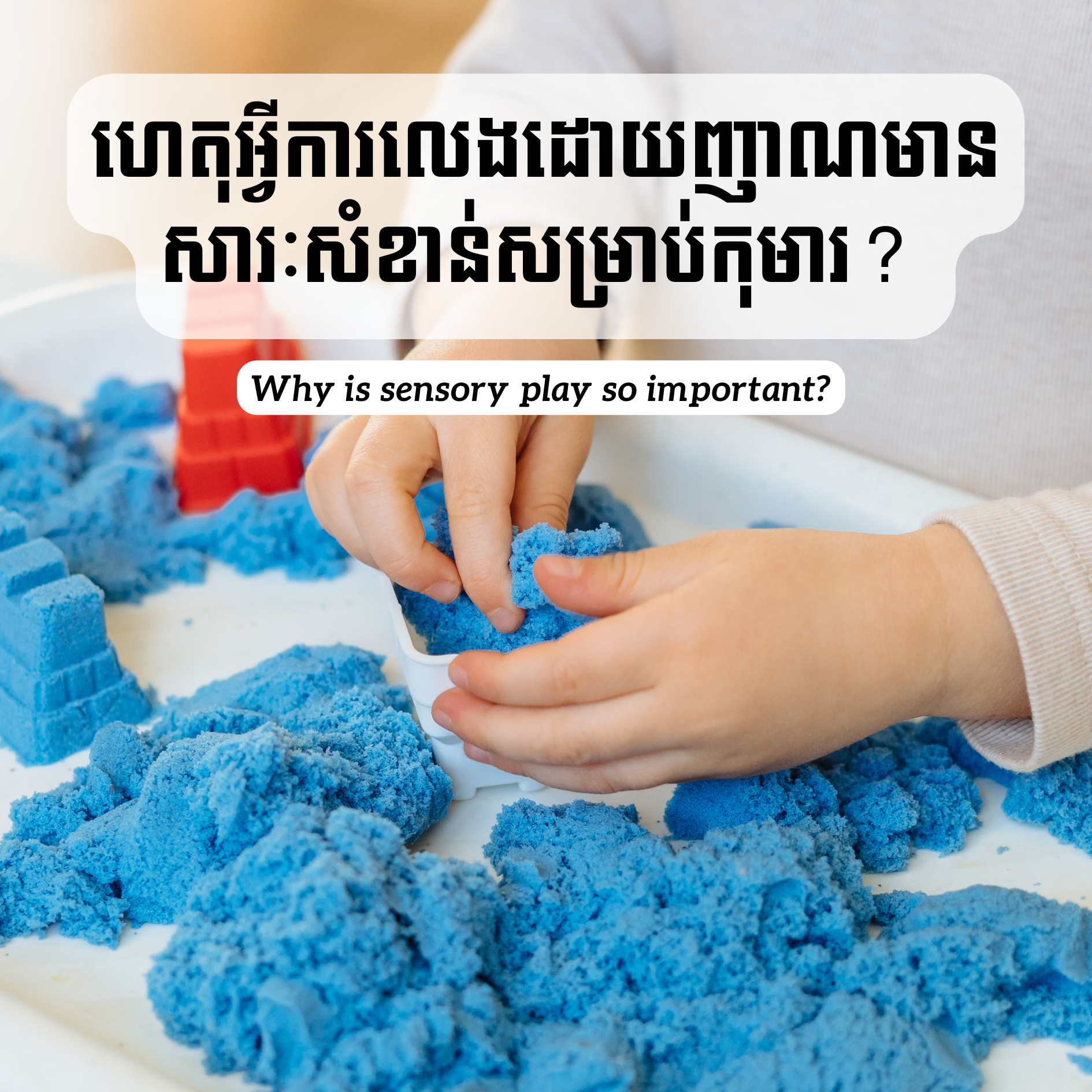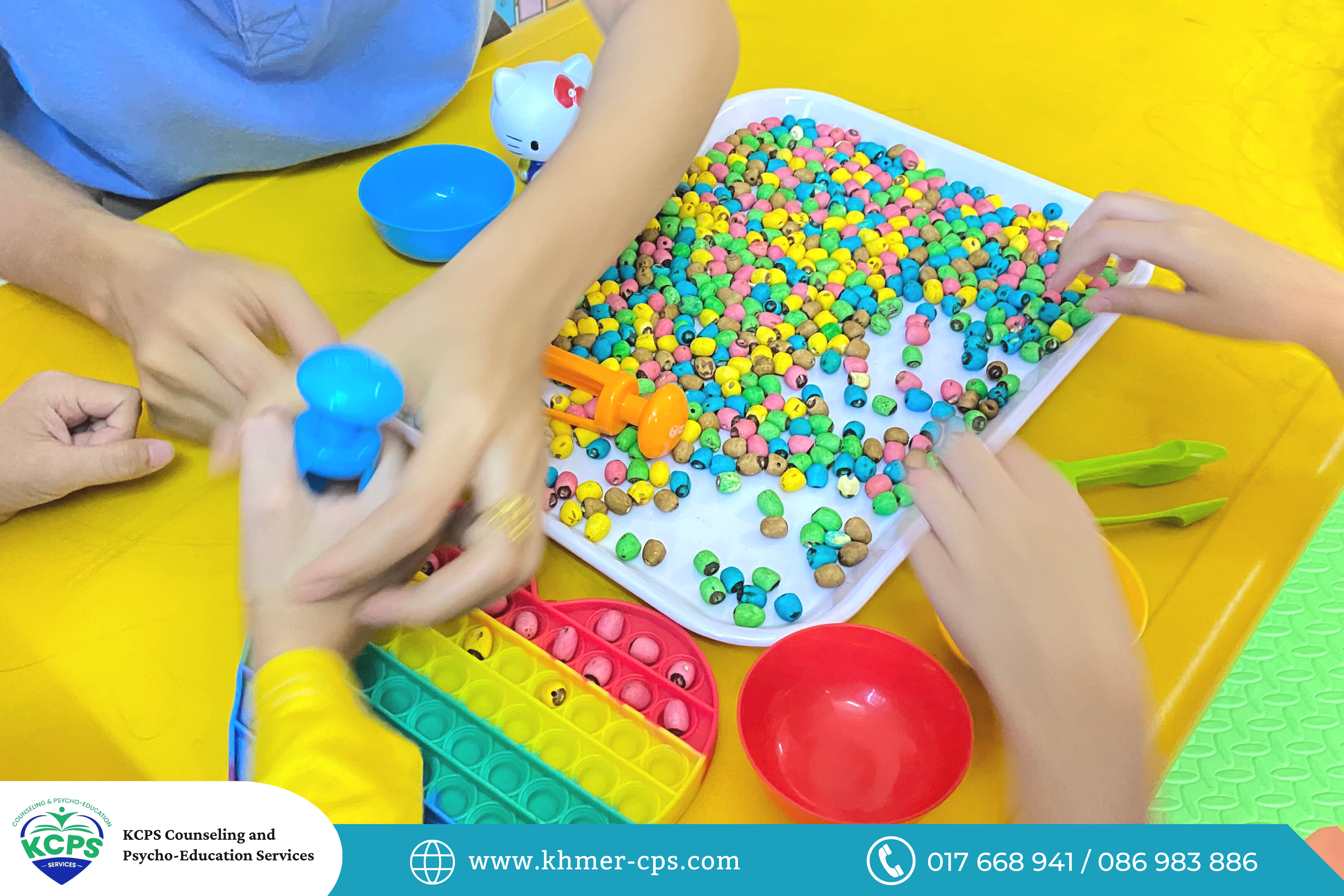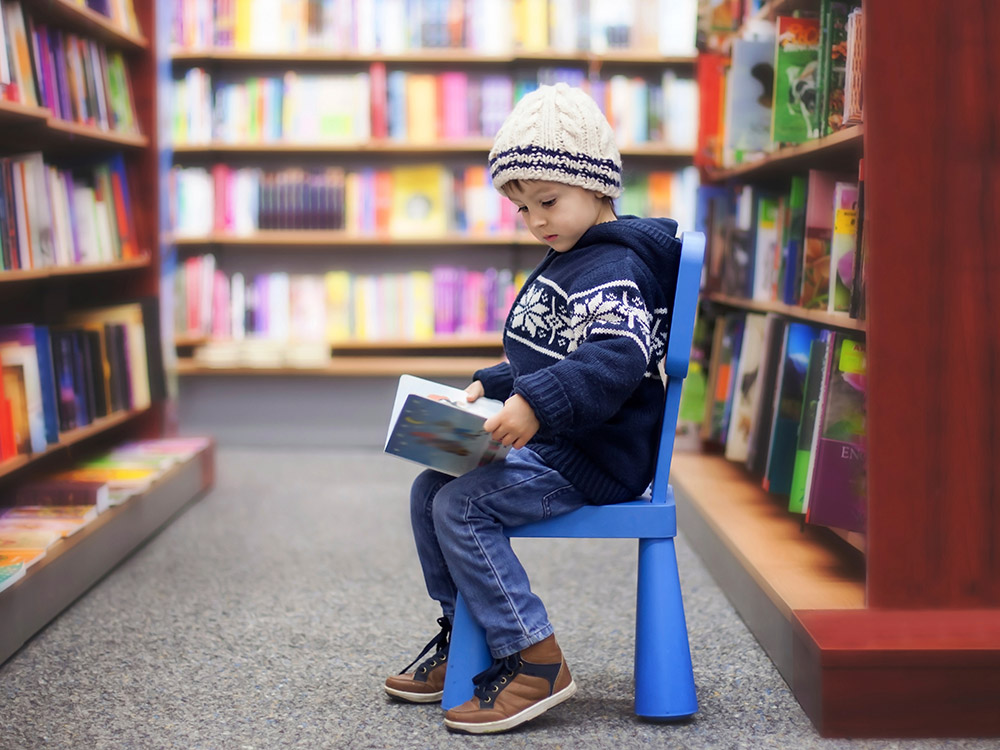WHAT IS PTSD?
Post-Traumatic Stress Disorder is a psychiatric disorder that may occur in people who have experienced or witnessed a traumatic event such as a natural disaster, a serious accident, a terrorist act, war combat, rape, or who have been threatened with death, sexual violence, or serious injury. PTSD’s symptoms may begin either shortly after the event, or months or years afterward.
According to DSM-5 Checklist, we can learn to be aware of these symptoms and find effective treatments.
- Person is exposed to a traumatic event-death or threatened death, severe injury, or sexual violation.
- Person experiences at least one of the following intrusive symptoms:
- Repeated, uncontrolled, and distressing memories
- Repeated and upsetting trauma-linked dreams
- Dissociative experiences such as flashbacks
- Significant upset when exposed to trauma-linked cues
- Pronounced physical reactions when reminded of the event (s)
- Person continually avoids trauma-linked stimuli
- Person experiences negative changes in trauma-linked cognitions and moods, such as being unable to remember key features of the event or experiencing repeated negative emotions.
- Person displays conspicuous changes in arousal and reactivity, such as excessive alertness, extreme startle responses, or sleep disturbances.
- Person experiences significant distress or impairment, with symptoms lasting more than a month.
Treatment for PTSD:
Treatment can be procedures vary depending on the type of trauma that he or she experiences. The goals for the treatment are to end lingering stress reactions, gain perspective on painful experiences, and return to constructive living as usual.
Psychotherapy/Talk Therapy treatment (can also include medication): this psychotherapy will teach some of the skills to have you a better think of yourself, others, and the world. This treatment can help a person identify and change troubling emotions, thoughts, and behaviors.
Cognitive Behavior Therapy (CBT): this CBT is an effective treatment in both for short and long term. This treatment will help to focus on the trauma event(s) that he/she experienced such as how the thoughts, beliefs, and attitudes affect our feeling and actions. CBT teaches us some coping skills for dealing with different types of problems.

 ភាសារខ្មែរ
ភាសារខ្មែរ
 English
English












